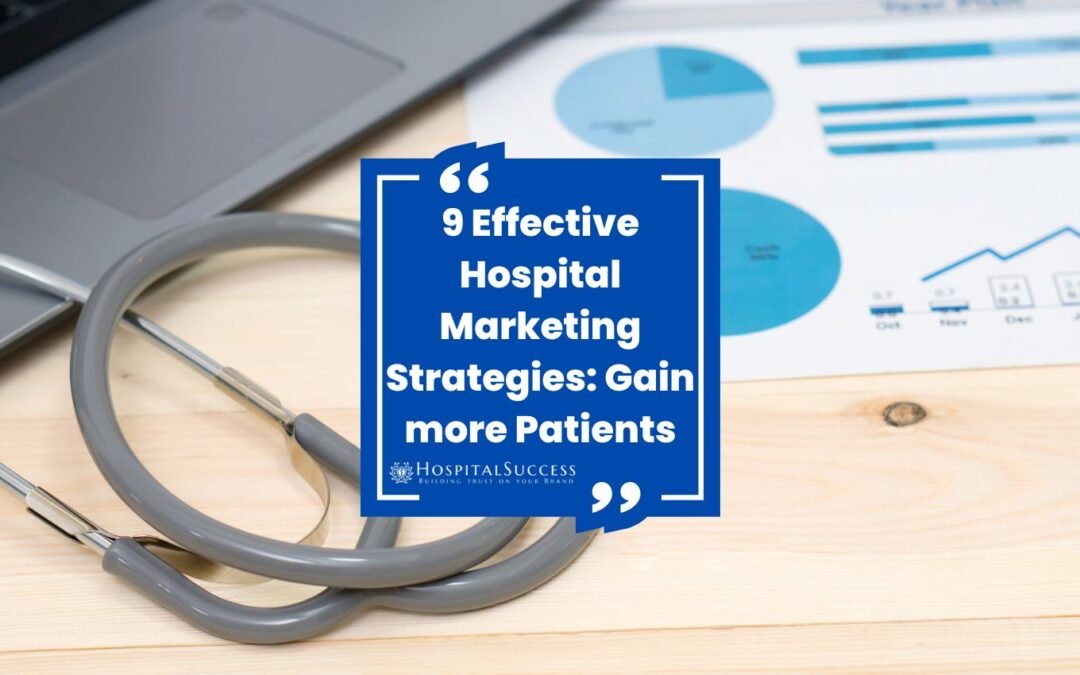In this digital era, having a strong online presence is crucial for any organization including Healthcare. A well-designed and optimized website can help attract new patients, provide valuable information, and enhance the overall patient experience. To achieve these goals, healthcare website development requires careful planning and implementation of effective strategies. In this article, we will explore nine key strategies that can help healthcare organizations create successful websites.
Introduction
The healthcare industry is evolving, and patients are increasingly relying on the internet to search for medical information, book appointments, and engage with healthcare providers. Therefore, healthcare organizations need to prioritize website development strategies that align with patient expectations and industry standards.
1. Understanding the Target Audience
Before diving into website development, it’s crucial to understand the target audience. Conducting market research and user surveys can provide valuable insights into the needs, preferences, and expectations of patients. By understanding the target audience, healthcare organizations can tailor their website to meet their specific requirements and create a personalized experience.
2. Clear and User-Friendly Navigation
A well-structured website with clear and intuitive navigation is essential for a positive user experience. Patients should be able to easily find the information they are looking for without any confusion. Implementing a logical hierarchy of pages and using descriptive labels for menu items and buttons can greatly enhance usability.
3. Responsive Design for Mobile Devices
With the increasing use of smartphones and tablets, it’s vital to ensure that healthcare websites are optimized for mobile devices. Responsive design allows the website to adapt to different screen sizes and resolutions, providing a seamless browsing experience regardless of the device being used. Mobile-friendly websites are not only user-friendly but also contribute to better search engine rankings.
4. Optimizing Website Speed and Performance
In today’s fast-paced world, visitors expect websites to load quickly. Slow-loading websites can result in high bounce rates and dissatisfied users. Healthcare organizations should optimize their websites for speed and performance by minimizing file sizes, leveraging caching techniques, and using content delivery networks (CDNs). Regular performance monitoring and optimization are crucial to maintain a fast and responsive website.
5. Search Engine Optimization (SEO)
To ensure maximum visibility in search engine results, healthcare websites must be optimized for SEO. This involves optimizing page titles, meta descriptions, headers, and incorporating relevant keywords throughout the content. Including local keywords and creating location-specific landing pages can also help healthcare organizations attract patients from specific regions.
6. Engaging and Informative Content
High-quality content is the backbone of any successful healthcare website. It should be engaging, informative, and written in a way that resonates with the target audience. Healthcare organizations should regularly update their website with blog posts, articles, and educational resources that address common patient concerns, provide medical advice, and showcase expertise.
7. Integration of Patient Portals and Online Services
Patient portals and online services enhance the patient experience by providing convenient access to medical records, appointment scheduling, prescription refills, and secure communication with healthcare providers. Integrating these features into the website streamlines administrative processes and empowers patients to take an active role in managing their healthcare.
8. Incorporating Social Media Integration
Social media platforms have become an integral part of people’s lives, and healthcare organizations can leverage these platforms to engage with their audience and build brand loyalty. Integrating social media buttons on the website allows visitors to easily share content, follow the organization’s social media profiles, and stay connected.
9. Conclusion
A well-developed healthcare website can be a powerful tool for attracting new patients, providing valuable information, and improving patient satisfaction. By implementing the nine strategies discussed in this article, healthcare organizations can create user-friendly, informative, and highly effective websites that meet the evolving needs of patients in the digital age.
FAQs
1. How can I optimize my healthcare website for search engines?
To optimize your healthcare website, focus on incorporating relevant keywords, optimizing meta tags, creating high-quality content, and building backlinks from reputable sources.
2. What is responsive web design?
Responsive web design is an approach that ensures websites adapt and provide an optimal viewing experience across various devices, including desktops, tablets, and smartphones.
3. Why is user-friendly navigation important for healthcare websites?
User-friendly navigation allows visitors to easily find the information they need, enhancing their overall experience and encouraging them to stay on the website longer.
4. How can social media integration benefit healthcare organizations?
Social media integration allows healthcare organizations to engage with their audience, share valuable content, build brand loyalty, and increase brand awareness.
5. What are patient portals, and why are they important for healthcare websites?
Patient portals are online platforms that provide patients with access to their medical records, appointment scheduling, and secure communication with healthcare providers. They empower patients to actively participate in their healthcare journey.











0 Comments